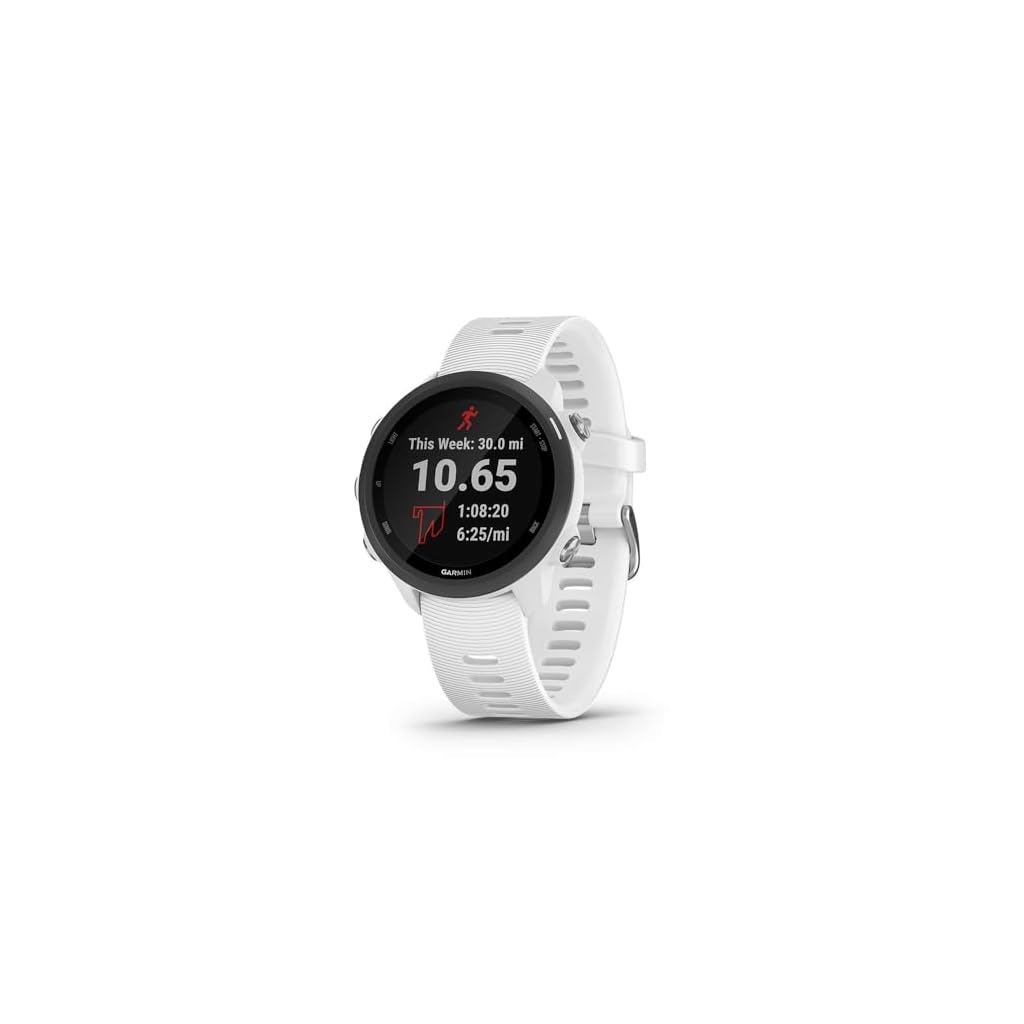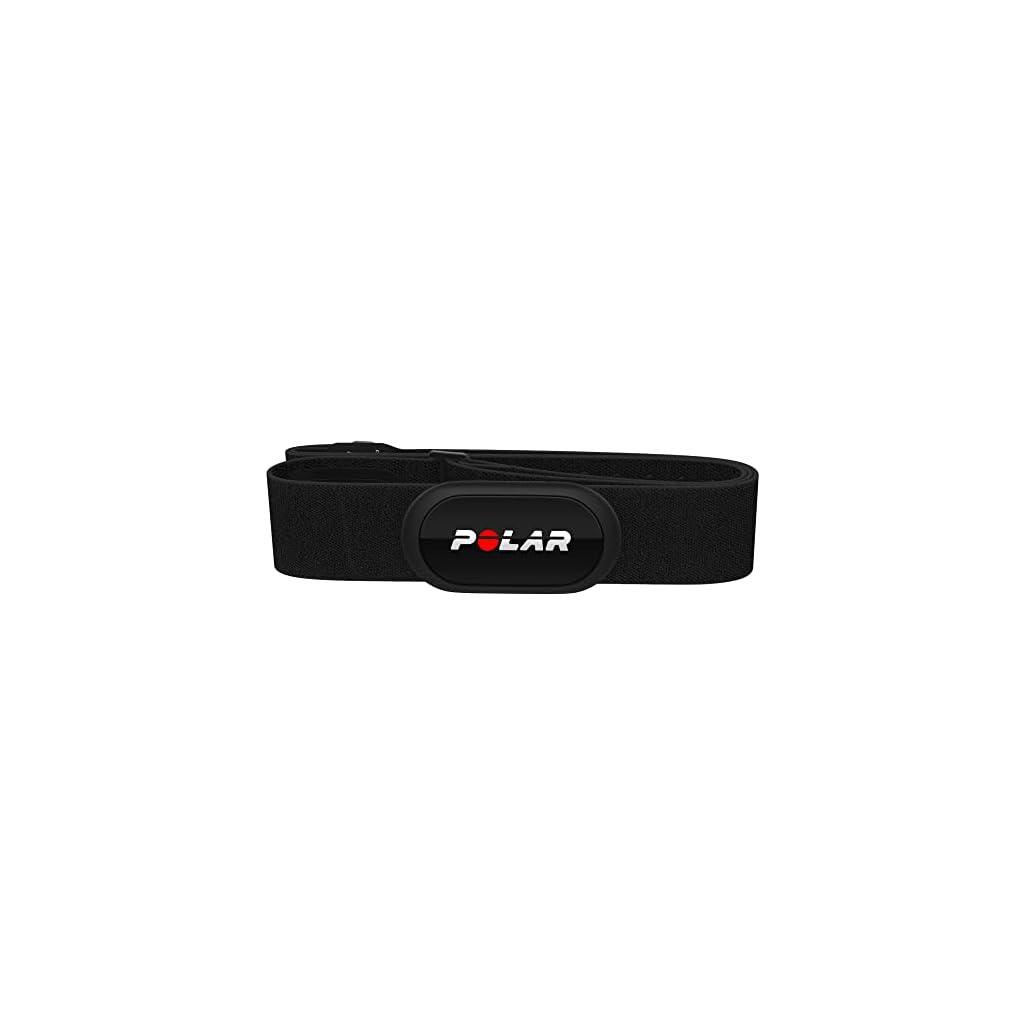Are heart rate monitors worth it when running in the UK?
If you are a runner in the UK, you might have wondered whether investing in a heart rate monitor is a good idea. After all, there are many benefits to tracking your heart rate during your runs, such as improving your endurance, avoiding overtraining, and finding your optimal pace. But are these benefits worth the extra cost and hassle of wearing a device on your wrist or chest? And how reliable are heart rate monitors in different weather conditions and terrains?
In this blog post, we will explore the pros and cons of using a heart rate monitor for running in the UK, and give you some tips on how to choose the best one for your needs. We will also review some of the most popular and trusted models on the market, and compare their features and performance.
Pros of using a heart rate monitor for running in the UK
One of the main advantages of using a heart rate monitor for running is that it can help you train more effectively and efficiently. By knowing your heart rate zones, you can tailor your workouts to your goals and fitness level. For example, if you want to improve your aerobic capacity, you can run at a moderate intensity (around 70-80% of your maximum heart rate) for longer periods. If you want to increase your speed and power, you can do shorter intervals at a high intensity (around 85-95% of your maximum heart rate).
Another benefit of using a heart rate monitor for running is that it can help you prevent injuries and burnout. By monitoring your heart rate, you can avoid pushing yourself too hard or too easy, and adjust your pace accordingly. This can prevent overtraining syndrome, which can cause fatigue, mood swings, insomnia, and decreased performance. It can also prevent the undertraining syndrome, which can lead to boredom, lack of motivation, and plateauing.
A third benefit of using a heart rate monitor for running is that it can help you track your progress and achievements. By recording your heart rate data, you can see how your fitness level improves over time, and how you perform in different situations. You can also compare your results with other runners and set realistic and challenging goals for yourself.
Cons of using a heart rate monitor for running in the UK
One of the main drawbacks of using a heart rate monitor for running is that it can be expensive and inconvenient. Depending on the type and quality of the device, you might have to spend anywhere from £20 to £200 or more. You might also have to deal with batteries, chargers, straps, sensors, and apps. Some devices might not be compatible with your phone or watch, or might not work well with certain clothing or accessories.
Another disadvantage of using a heart rate monitor for running is that it can be inaccurate and unreliable. Many factors can affect your heart rate, such as temperature, humidity, altitude, caffeine, medication, stress, sleep quality, hydration, and illness. These factors can vary widely in the UK, depending on the season, location, and time of day. Therefore, your heart rate might not reflect your true effort or intensity level at any given moment.
A third drawback of using a heart rate monitor for running is that it can be distracting and demotivating. By focusing too much on your heart rate numbers, you might lose touch with your body’s signals and sensations. You might also feel pressured or frustrated by not meeting your target zones or expectations. This can take away the fun and enjoyment of running.
How to choose the best heart rate monitor for running in the UK
If you decide to use a heart rate monitor for running in the UK, here are some tips on how to choose the best one for your needs:
- Decide what type of device you prefer: wrist-based or chest-based. Wrist-based devices are more convenient and comfortable to wear, but they tend to be less accurate and consistent than chest-based devices. Chest-based devices are more reliable and precise, but they might be more uncomfortable and restrictive to wear.
- Compare different models and features: look for reviews and ratings from other runners who have used the device in similar conditions as yours. Check the battery life, water resistance, compatibility, display size, ease of use, and extra features (such as GPS, music control, notifications, etc.)
- Test the device before buying: if possible, try the device on and run with it for a while. See how it fits on your wrist or chest, how it connects to your phone or watch, how it displays and records your data, and how it feels on your skin.
- Calibrate the device regularly: once you buy the device, make sure to calibrate it according to the manufacturer’s instructions. This will ensure that it measures your heart rate accurately and consistently. You might also want to do a test run every few weeks to check if the device needs recalibration.
- Use the device as a guide, not a rule: remember that your heart rate monitor is only a tool to help you run better not dictate how you run. Listen to your body and adjust your pace and intensity based on how you feel, not just on what the device tells you. Enjoy your runs and have fun!
Some popular heart rate monitors for running in the UK
Here are some of the most popular and trusted heart rate monitors for running in the UK, along with their pros and cons:
Garmin Forerunner 245 Music: this is a wrist-based device that can store up to 500 songs, sync with Spotify and Deezer, and connect with Bluetooth headphones. It also has GPS, advanced running dynamics, VO2 max estimation, and customisable training plans. It has a battery life of up to 7 days in smartwatch mode, and up to 6 hours in GPS mode with music. The main downside is that it is quite expensive (£299.99) and might not be very accurate in cold or wet conditions.

Garmin Forerunner 245 Music GPS Running Smartwatch, with music and running and training features, White Band
Polar H10: this is a chest-based device that can connect with most smartphones, watches, and fitness apps via Bluetooth or ANT+. It has a built-in memory that can store up to 200 hours of training data and a battery life of up to 400 hours. It is very accurate and consistent, even in extreme conditions. The main downside is that it might be uncomfortable to wear for some people, and it requires a separate watch or phone to display the data.

Polar H10 Heart Rate Monitor – ANT + , Bluetooth – Waterproof HR Sensor with Chest Strap – Built-in memory, Software updates – Works with Fitness apps, Cycling computers, Sports and Smart watches
Wahoo Tickr X: this is another chest-based device that can connect with most smartphones, watches, and fitness apps via Bluetooth or ANT+. It has a built-in memory that can store up to 50 hours of training data and a battery life of up to 500 hours. It also has some extra features, such as running cadence, indoor cycling power, and workout mode. The main downside is that it might be uncomfortable to wear for some people, and it might not be very durable or water-resistant.
Tags: Heart







